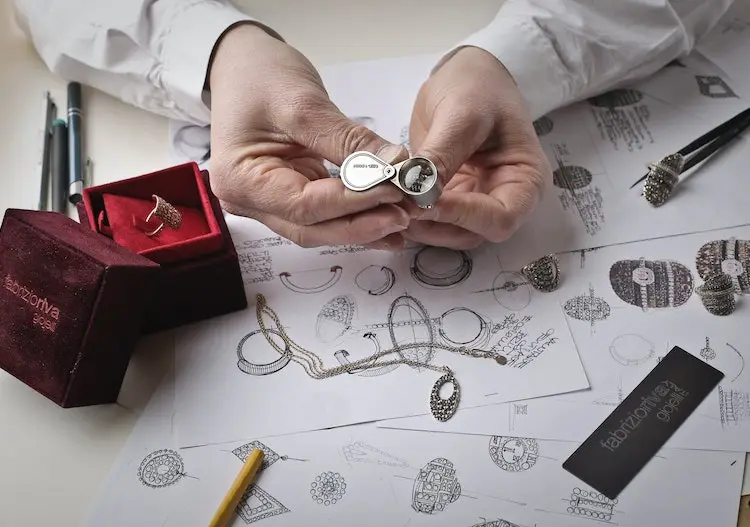Innovations and Trends in the Ring Industry
The history of the ring industry is rich and complex, having undergone significant transformations throughout the years. Initially, rings were simple symbols of power and wealth dating back to ancient times. However, with the industrial revolution and gemstone democratization, their significance expanded to symbolize love and commitment — a striking evolution worthy of exploration.

In the 21st century, the ring industry is undergoing a significant transformation. Propelled by technological advancements, shifting consumer preferences, and growing concern for sustainability, innovative trends are altering the sector’s landscape. This era of change offers a multitude of options to buyers and unveils fresh perspectives on creativity and skillful craftsmanship. Exciting times indeed!
Rise of Alternative Gemstones
The jewelry industry is transforming as shoppers embrace novel options for gemstones. Moissanite rings, for example, have captivated considerable interest due to their exceptional strength and shine, as well as sustainable sourcing. This trend challenges the conventional market dominance of diamond rings.
There are some reasons that lead to this change. First, the availability of Moissanite and other alternative gemstones at a more affordable price range makes them accessible to people with different budgets. Those who wish to have diamond-like shining without splurging find Moissanite rings an excellent option. Second, the distinctive aesthetical features of these gems allow wearers to showcase their individuality and style.
Additionally, today’s conscientious consumers highly value ethical sourcing and sustainability. Fortunately, Moissanite offers a virtuous alternative that eliminates the environmental and social implications often associated with traditional mining methods by using lab-created gems instead.
The acceptance and preference for non-traditional gemstones, including some of the best Moissanite rings, are rising. These factors have ignited the shift towards unconventional gems in the market. These unique stones will play a crucial role in shaping the future of the ring industry.
Sustainability in the Ring Industry
Sustainable practices in the ring industry have become a necessity rather than a preference. Manufacturers have quickly adapted to this demand from conscientious consumers who hold concern for the environment and ethical sourcing as high priorities. As shoppers become increasingly informed, they shift their focus toward rings that are produced sustainably and ethically sourced, leading to the rise of fair-trade mining practices and laboratory-grown alternatives over traditional mining methods.
The industry has responded commendably to sustainability concerns. They have shifted towards responsible sourcing of diamonds and started producing lab-grown gemstones like Moissanite. These efforts, aligned with consumer sentiment, signify a significant step towards a more responsible and sustainable future for the ring industry.
Conclusion
The ring industry is constantly changing, shaped by consumer preferences and technological advances, with a greater focus on sustainability. From beloved classics like diamonds to emerging alternatives such as the best Moissanite rings, designers are leveraging CAD and 3D printing to create innovative pieces that reflect these new trends. Amidst this exciting transformation, the possibilities for unique and beautiful rings are endless.
The industry’s move towards ethical sourcing and sustainable practices reflects the values of today’s conscious consumer. This shift is significant as it shapes the current and future landscape of the ring industry, showcasing creativity, craftsmanship, and commitment to sustainability.






